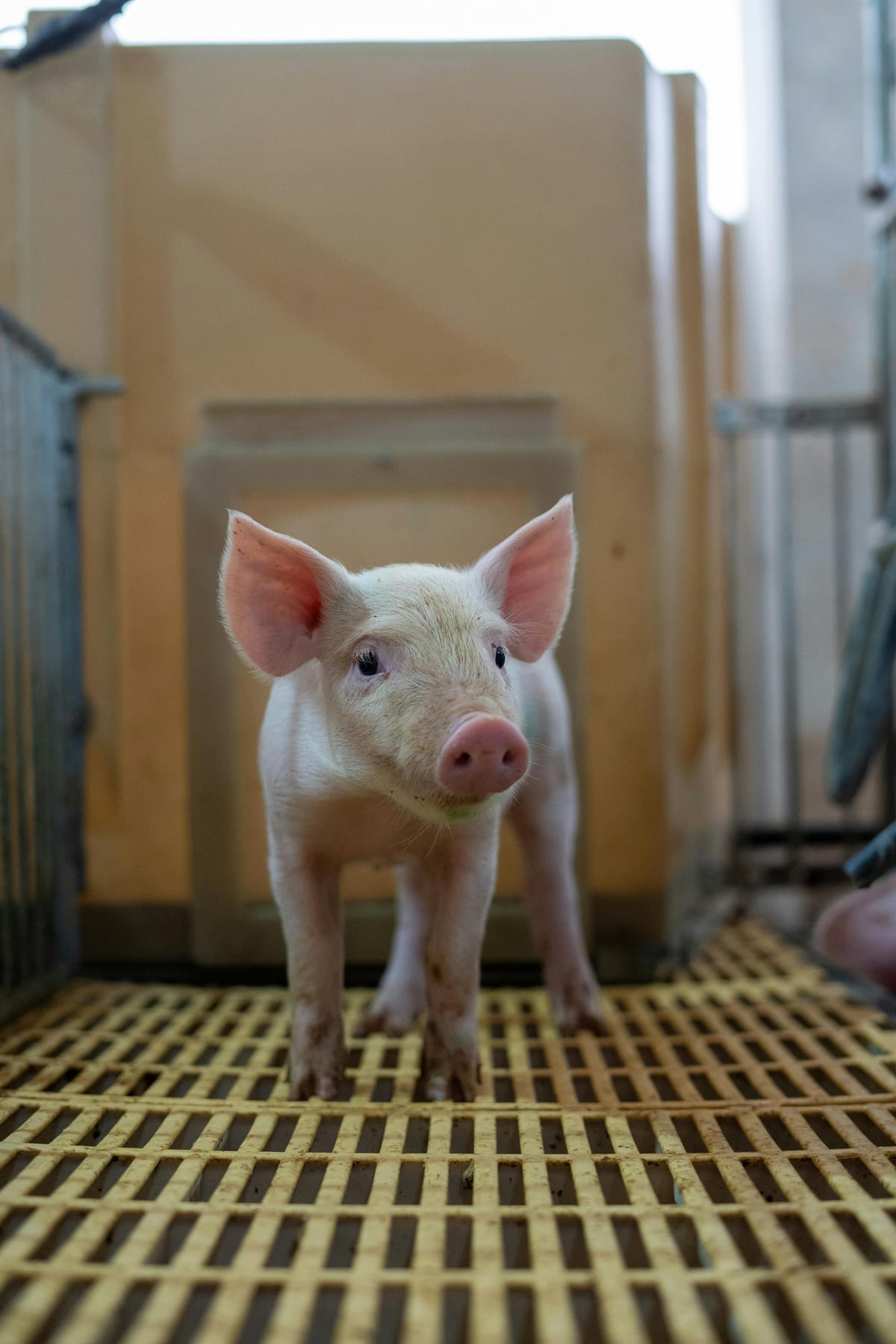Scientists Successfully Grow Tiny Human Hearts Inside Pig Embryos: A Breakthrough That Could End Organ Shortages
In a groundbreaking achievement that reads like science fiction, researchers have successfully grown miniature human hearts inside pig embryos for the first time. This remarkable feat represents a giant leap forward in the quest to address the critical organ shortage crisis that affects hundreds of thousands of patients worldwide.
The Science Behind the Breakthrough
The research, conducted by an international team of scientists, utilized cutting-edge chimeric technology to create pig-human hybrid embryos. By injecting human stem cells into early-stage pig embryos, researchers were able to guide the development of human cardiac tissue within the pig host.
The process begins with genetically modified pig embryos that have been engineered to lack the ability to develop their own hearts. Human induced pluripotent stem cells (iPSCs) are then introduced at a critical developmental stage, filling the cardiac "void" and developing into functioning human heart tissue.
How the Process Works
The technique involves several precise steps:
- Genetic modification: Pig embryos are engineered with specific gene deletions that prevent normal heart development
- Cell injection: Human stem cells are carefully introduced into the modified embryos
- Controlled development: The hybrid embryos are allowed to develop under strictly controlled laboratory conditions
- Monitoring: Advanced imaging techniques track the growth of human cardiac tissue
Addressing the Global Organ Crisis
The implications of this research extend far beyond the laboratory. Currently, over 100,000 Americans are on organ transplant waiting lists, with approximately 17 people dying daily while waiting for life-saving transplants. Hearts are among the most critically needed organs, with wait times often exceeding six months.
Traditional organ transplantation faces multiple challenges:
- Severe shortage of donor organs
- Risk of immune rejection
- Limited viability time for harvested organs
- Complex matching requirements between donors and recipients
This new approach could potentially address all these issues by creating patient-specific organs using the recipient's own cells, dramatically reducing rejection risks while providing an unlimited supply of transplantable organs.
Current Limitations and Ethical Considerations
While the breakthrough is promising, researchers emphasize that clinical applications remain years away. The current study focused on early developmental stages, with embryos studied for only 28 days before being terminated in accordance with research guidelines.
Technical Challenges
Several hurdles must be overcome before this technology reaches patients:
- Size limitations: The current human heart tissue is significantly smaller than what would be needed for transplantation
- Functional integration: Ensuring the grown hearts can integrate properly with human circulatory systems
- Long-term viability: Determining how these organs perform over extended periods
- Safety protocols: Eliminating any risk of cross-species disease transmission
Ethical Framework
The research operates within established ethical guidelines for chimeric research, but the advancement raises important questions about the future of human-animal hybrid research. Scientists emphasize their commitment to responsible research practices and ongoing dialogue with bioethics experts.
Global Research Collaboration
This breakthrough represents the culmination of international collaboration between research institutions across multiple countries. The success builds upon decades of stem cell research, genetic engineering advances, and our growing understanding of developmental biology.
Similar research programs are underway at institutions worldwide, with some focusing on different organs including kidneys, livers, and lungs. The pig model is particularly valuable due to the physiological similarities between pig and human organs, as well as the relatively short gestation period for testing.
Looking Toward the Future
While patient treatments remain years away, this research marks a crucial milestone in regenerative medicine. The next phases will focus on scaling up the technology, improving the size and functionality of grown organs, and conducting extensive safety testing.
Researchers estimate that with continued funding and successful development, the first clinical trials could begin within the next decade. If successful, this technology could revolutionize transplant medicine and save countless lives.
The development of human hearts in pig embryos represents more than just a scientific achievement—it offers hope to millions of patients worldwide who desperately need organ transplants. As research continues, we move closer to a future where organ shortages become a thing of the past, transforming medicine and giving new life to those who need it most.
